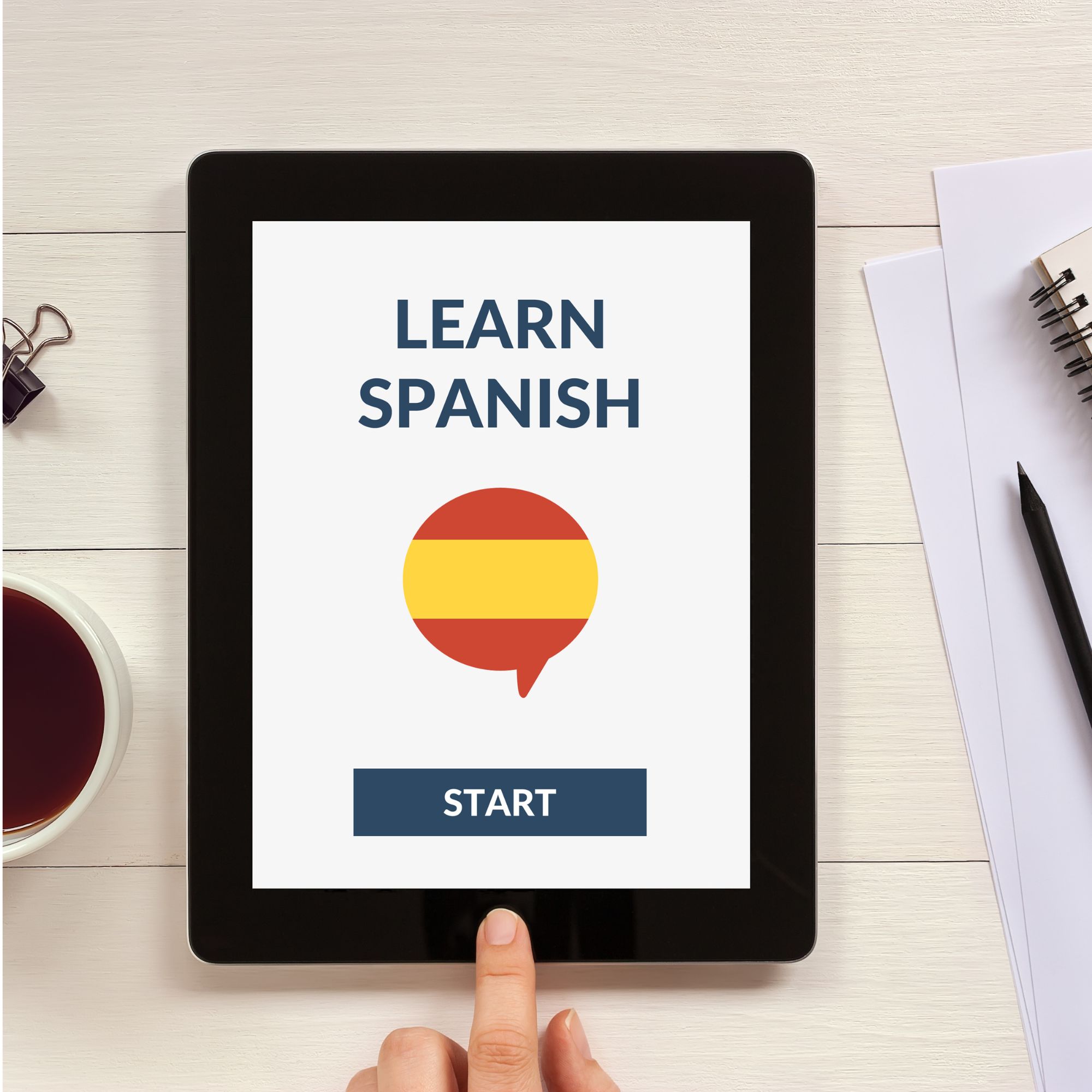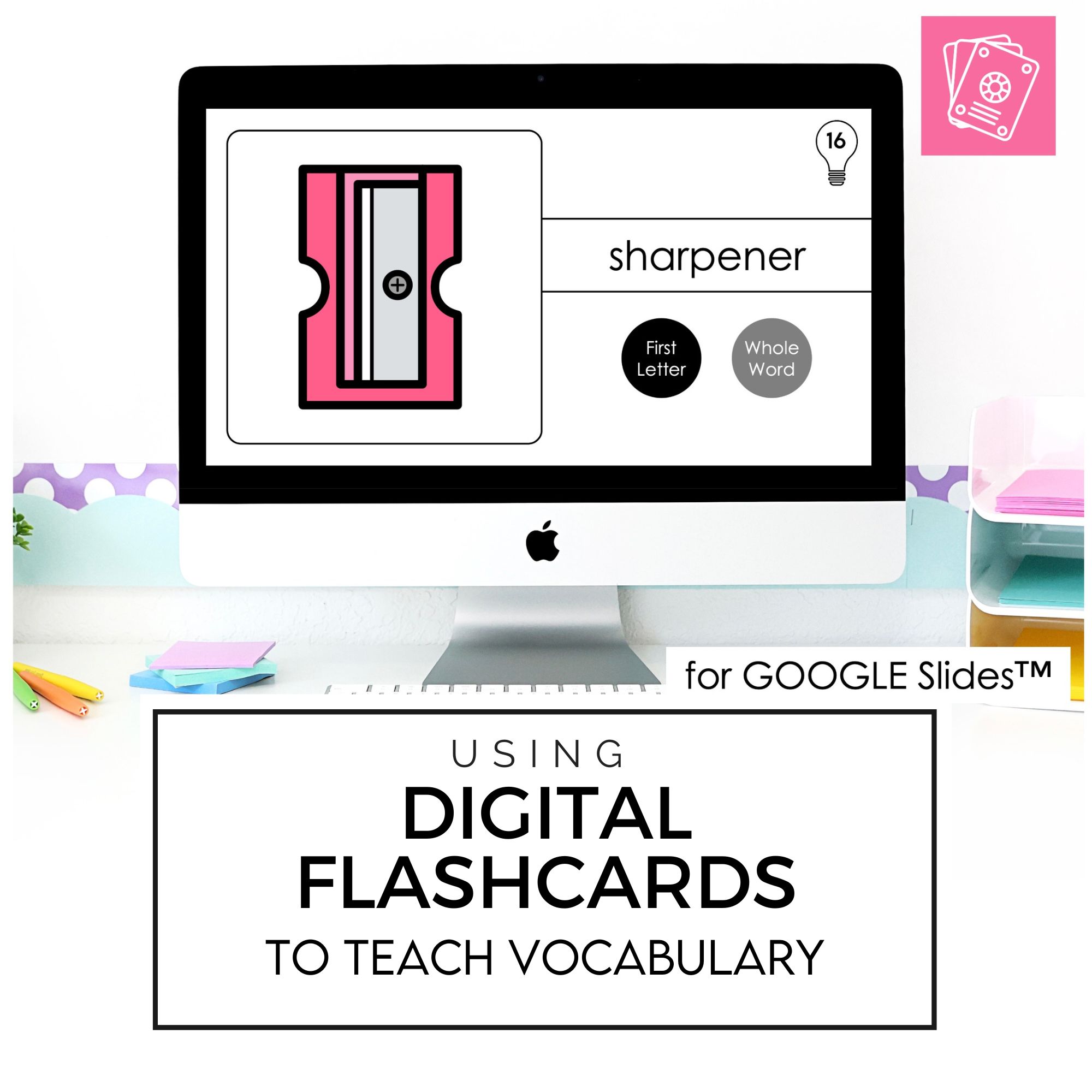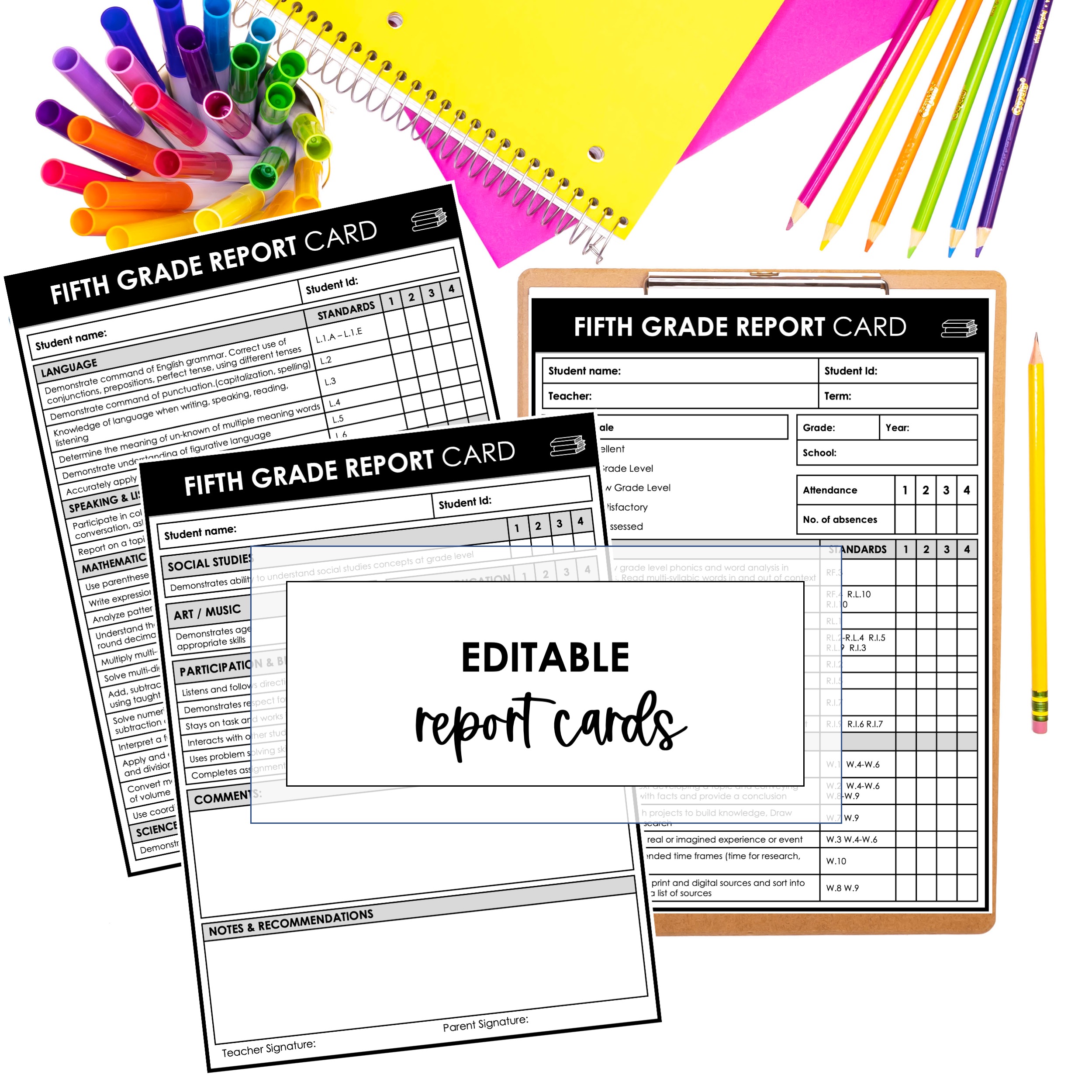Vocabulary acquisition is one of the cornerstones of mastering a new language, especially for English as a Second Language (ESL) learners. As an ESL teacher, you’ve probably experienced how challenging it can be to keep vocabulary practice engaging and effective. Vocabulary clip cards—a simple yet powerful tool that can make vocabulary lessons both interactive and fun for ESL students of all ages.
In this post, we’ll explore four creative ways to incorporate vocabulary clip cards into your lessons, along with unique adaptations like using LEGO bricks instead of clips and self-checking techniques such as placing stickers on the back of the cards. Whether you’re teaching young learners or adults, vocabulary clip cards are an excellent resource for reinforcing language acquisition in a hands-on and visually appealing way.
What Are Vocabulary Clip Cards?
Before diving into the different ways you can use them, let’s briefly define what vocabulary clip cards are. Clip cards are small, sturdy cards with a word or image on one side and multiple answer choices beneath it. The student uses a clothespin, paperclip, or any small marker to clip or mark the correct answer. They are particularly useful for vocabulary review, sight word practice, and even sentence building exercises. With clip cards, students engage in self-directed learning, tactile manipulation, and visual reinforcement—all crucial elements for language retention. A great way to practice ESL core vocabulary is the COMPLETE VOCABULARY CLIP CARD BUNDLE
1. Self-Checking with Stickers on the Back

A major advantage of using vocabulary clip cards is their versatility in creating self-checking activities. ESL students, particularly younger ones, often need feedback right away to solidify their learning. You can easily turn vocabulary clip cards into self-checking tools by placing stickers on the back of the cards to indicate the correct answer.
How It Works:
- Prepare the Cards: On the front of each card, include the vocabulary word or an image along with three to four possible answer options. The options could be translations, definitions, or categories (e.g., noun, verb, or adjective).
- Place a Sticker on the Back: After deciding which option is the correct answer, place a small sticker or dot behind that option. When the student clips their answer, they can flip the card to see if their guess was correct. If the sticker is behind their chosen option, they know they’ve answered correctly.
Why It Works for ESL Learners:
Self-checking empowers students to work independently. It also reinforces learning as students immediately get feedback on whether they’re right or wrong, which helps with retention. Plus, this method encourages critical thinking and reduces the pressure of being corrected by the teacher, making learning more comfortable and less intimidating.
Classroom Activity Ideas:
- Word-Image Match: For beginner ESL learners, use vocabulary clip cards where they match a word to an image. For instance, the word “apple” might have several fruit pictures, but only one matches the vocabulary term. A sticker behind the correct image will give immediate feedback.
2. Using LEGO Bricks Instead of Clips
Who doesn’t love LEGOS? Using colorful LEGO bricks instead of standard clips can elevate the engagement level of vocabulary clip cards, particularly for younger ESL learners. The tactile nature of the bricks makes vocabulary practice even more hands-on and enjoyable.

How It Works:
- Assign LEGO Bricks: Give each student or group of students a set of small LEGO bricks in different colors.
- Match the Brick with the Correct Answer: Students place a LEGO brick on the correct answer. For instance, if they’re matching a vocabulary word to an image, they’ll place their chosen colored brick over the correct image.
- Immediate Feedback Option: For a self-checking option, include stickers on the back of the card as described in the previous method. Once the student places their LEGO, they can turn the card over to see if the correct answer has a sticker behind it.
Why It Works for ESL Learners:
Using LEGO bricks introduces an element of play into the lesson, which is ideal for tactile learners. Many ESL students benefit from kinesthetic activities, as physically interacting with materials helps solidify learning. The bright colors of LEGO bricks also capture attention and can be used to code different types of answers (e.g., green for correct and red for incorrect).
3. Group Work and Peer Learning with Vocabulary Clip Cards for English Language Learners
Vocabulary clip cards are ideal for collaborative learning activities, which are particularly effective for ESL students. Group work allows students to engage in peer teaching, where they explain their reasoning for choosing certain vocabulary words, strengthening both their understanding and communication skills.

How It Works:
- Divide the Class into Small Groups: Give each group a set of vocabulary clip cards.
- Team Decision: As a team, students decide on the correct answer for each card. They must discuss and agree on which option is correct before placing their clip or marker.
- Discussion and Justification: Encourage students to explain why they think their answer is correct. This helps with speaking practice, particularly in using complete sentences and justifying their choices.
Why It Works for ESL Learners:
Working in small groups builds teamwork skills and confidence in speaking. It also allows students to learn from each other’s mistakes and successes. Peer discussions create a low-pressure environment where learners feel comfortable experimenting with new vocabulary. This can lead to better retention, as they are not only learning from the cards but also from the explanations and insights of their peers. You can also use task cards with older learners. Check out this blog post on ways to use task cards in the ESL classroom.
Classroom Activity Ideas:
- Peer Review: After each group completes their set of clip cards, have them swap with another group to check each other’s answers. This allows for cross-group collaboration and encourages careful attention to detail.
- Rotating Stations: Set up stations with different sets of clip cards at each one. Groups rotate between stations, working on various vocabulary categories (e.g., food, animals, transportation). Each group leaves their answers clipped, and the next group reviews and adjusts them if necessary.
4. Using Vocabulary Clip Cards for Listening Comprehension in ESL
One unique way to use vocabulary clip cards is for listening comprehension activities. ESL students often struggle with auditory processing, particularly when exposed to new vocabulary. By incorporating clip cards into listening exercises, you can help bridge the gap between hearing a word and understanding it.
How It Works:
- Teacher Reads Aloud: Use clip cards with images or words, and have the teacher read out a word or definition aloud. Students must listen carefully and choose the correct answer on their card by clipping or marking it.
- Audio Clips: Alternatively, use pre-recorded audio clips that students listen to via headphones. After hearing a vocabulary word, they clip the corresponding word or image on their clip card.
Why It Works for ESL Learners:
Listening comprehension is a crucial skill for ESL students, but it can be challenging, especially when new vocabulary is introduced. By associating what they hear with a visual and tactile activity, students reinforce their learning in multiple ways. This method also helps students who struggle with spelling since they focus on the sounds of the words rather than the letters.
Conclusion
Vocabulary clip cards are a dynamic, flexible tool for any ESL classroom. Whether you’re using traditional clips or swapping them out for LEGO bricks, the hands-on nature of these cards helps engage learners at every level. By incorporating self-checking techniques like stickers on the back, or adapting clip cards for group work and listening comprehension, you can keep your lessons fresh and exciting while maximizing student learning.
Incorporate these four creative ways into your lessons, and watch your ESL students improve their vocabulary retention and communication skills with enthusiasm.









